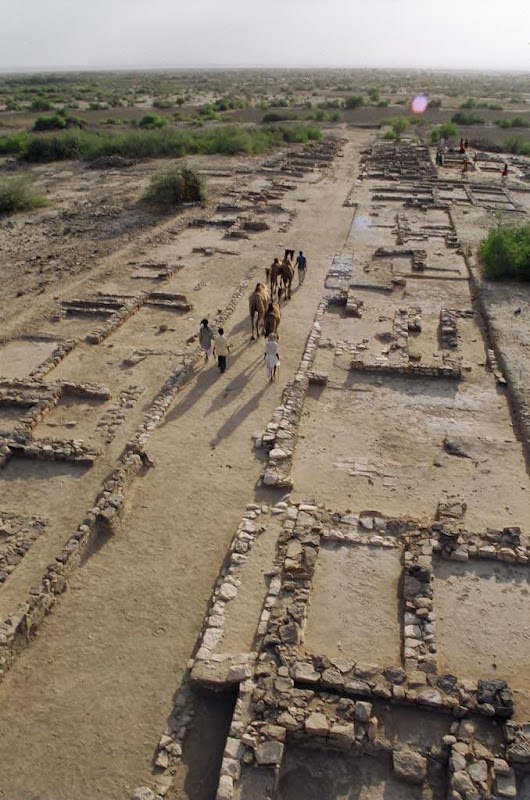
The Kutch Mahotsav in Bhuj offers an unfiltered window into Kutch's spirited culture and rugged landscape. This winter festival blends traditional arts, desert vistas, and thrilling excursions, making it a must-visit for those eager to experience the raw heart of Gujarat’s desert region.
Stay Hydrated in the Desert Chill
Despite chilly nights, daytime temperatures in Kutch can quickly sap your hydration. Carry at least 2 liters of water per day and sip regularly to maintain energy during festival visits or nearby hikes.
Wear Sturdy Footwear
The terrain around the salt flats and Kalo Dungar hill can be uneven and sandy. Choose closed-toed hiking shoes or durable sandals with good grip to prevent slipping or injuries.
Dress in Layers for Temperature Swings
Daytime heat can give way to sudden cold after sunset. Pack light, breathable clothing alongside warm layers to stay comfortable from morning through night.
Plan Visits Early or Late in the Day
Festival events and desert activities are best enjoyed during cooler morning or evening hours, avoiding mid-afternoon sun exposure for comfort and easier navigation.
Exploring the Vibrant Spirit of Kutch Mahotsav in Bhuj, Gujarat
The Kutch Mahotsav in Bhuj, Gujarat, emerges every winter as a vibrant celebration of culture, tradition, and the stark beauty of the Kutch desert. Held typically from late November through February, the festival invites travelers into an immersive experience that marries the raw landscape of the Rann with deep-rooted heritage. The Mahotsav pulses with energy—folk music drills into the air like the desert wind, while artisans display handicrafts that have been shaped by centuries of Kush and Kutchi traditions.
The event capitalizes on its surroundings: the salt desert, distant dunes, and indigenous wildlife all play roles in the sensory fabric of the festival. Expect wide-open skies that challenge your gaze, colorful tents that defy the stark white plains, and the occasional call of desert birds that flirt with the horizon.
Visitors can plan their days around cultural showcases, including traditional dances like Raas and Dhamal, puppet shows, and handicraft markets selling bandhani fabrics, lacquerware, and camel leather goods. Beyond the performances, the festival is a field for culinary exploration where locally sourced fare like Bajra rotla, and mithai blend taste and tradition.
For adventure seekers, the terrain itself offers an untamed playground. Day trips can venture into the nearby Kalo Dungar hills, the highest point in Kutch, which provides sweeping views over the salt plains and a rare encounter with blackbucks and chinkaras. The trek to the hilltop is safe but demands sturdy footwear and reasonable fitness—roughly 3 kilometers with mild elevation.
Practically, attending Kutch Mahotsav requires preparation. The dry desert air can dehydrate quickly; carry ample water, sunscreen, and light layers to adapt to the cold nights and sun-baked days. Accommodation options abound in Bhuj, ranging from budget guesthouses to eco-resorts catering to those wanting comfort without losing touch with the land.
Planning your visit is a balance between cultural immersion and respect for the fragile environment. The festival stands as a celebration of a land fiercely itself, inviting you not just to witness but to engage with Kutch on its own terms, where every wind gust and cultural melody marks a proud pulse of enduring life.
Nearby Trips
All Adventures
Boat Charters
Water Activities
Adventures near Bhuj, Gujarat
Discover the unique and memorable adventures that make Bhuj, Gujarat special.
Frequently Asked Questions
What makes Kutch Mahotsav unique compared to other Indian festivals?
Unlike city-based festivals, Kutch Mahotsav integrates the expansive desert landscape as a living backdrop, offering a rare blend of cultural festivities and natural wilderness that few other festivals can match.
Are there any lesser-known sites to visit during the festival?
Yes, the ancient Dholavira ruins, a less frequented Indus Valley Civilization site about 2 hours from Bhuj, offer an archaeological angle often missed by typical tourists.
What wildlife might I encounter around the festival area?
The region supports desert-adapted species like blackbucks, chinkaras, desert foxes, and diverse migratory birds that fluctuate with the seasons.
How should travelers respect the environment during Kutch Mahotsav?
Visitors should avoid littering, stick to marked paths, and use refillable water bottles. The fragile salt desert ecosystem is vulnerable to human impact.
Is public transport available for festival sites?
While Bhuj provides local buses and taxis, renting a private vehicle or guided tours ensures better access and flexibility to explore remote Kutch locations.
Can I experience local cuisine at the festival?
Absolutely, food stalls serve authentic Kutchi dishes like Bajra rotla, khichdi, and sweets such as ghevar—perfect for sampling regional flavors.
Recommended Gear
Hydration Pack or Water Bottle
Hydration is critical in the arid climate; portable water solutions keep you refreshed during long cultural or hiking excursions.
Lightweight Layers
Temperature shifts demand clothes easy to add or remove—from breathable shirts to warm jackets for chilly nights.
Sturdy Hiking Shoes
Protect feet from rugged desert paths and provide traction on salt flats and rocky hill trails.
Sun Protection (Hat, Sunglasses, Sunscreen)
The desert sun is fierce even in cooler months. Shielding your skin and eyes guards against overexposure.
Local Insights
Hidden Gems
- "Banni Grasslands – vast open plains used by local herders."
- "Kalo Dungar Sunset Point – less crowded vantage with unforgettable desert light."
- "Fossil Park near Khavda village showcasing ancient marine fossils."
Wildlife
- "Chinkara (Indian Gazelle)"
- "Blackbuck"
- "Desert Partridge"
- "Indian Wolf (rare sightings)"
History
"Kutch's history is marked by its position as a trade crossroads, with Bhuj serving as a cultural hub that maintained traditions through centuries of isolation and resilience."
